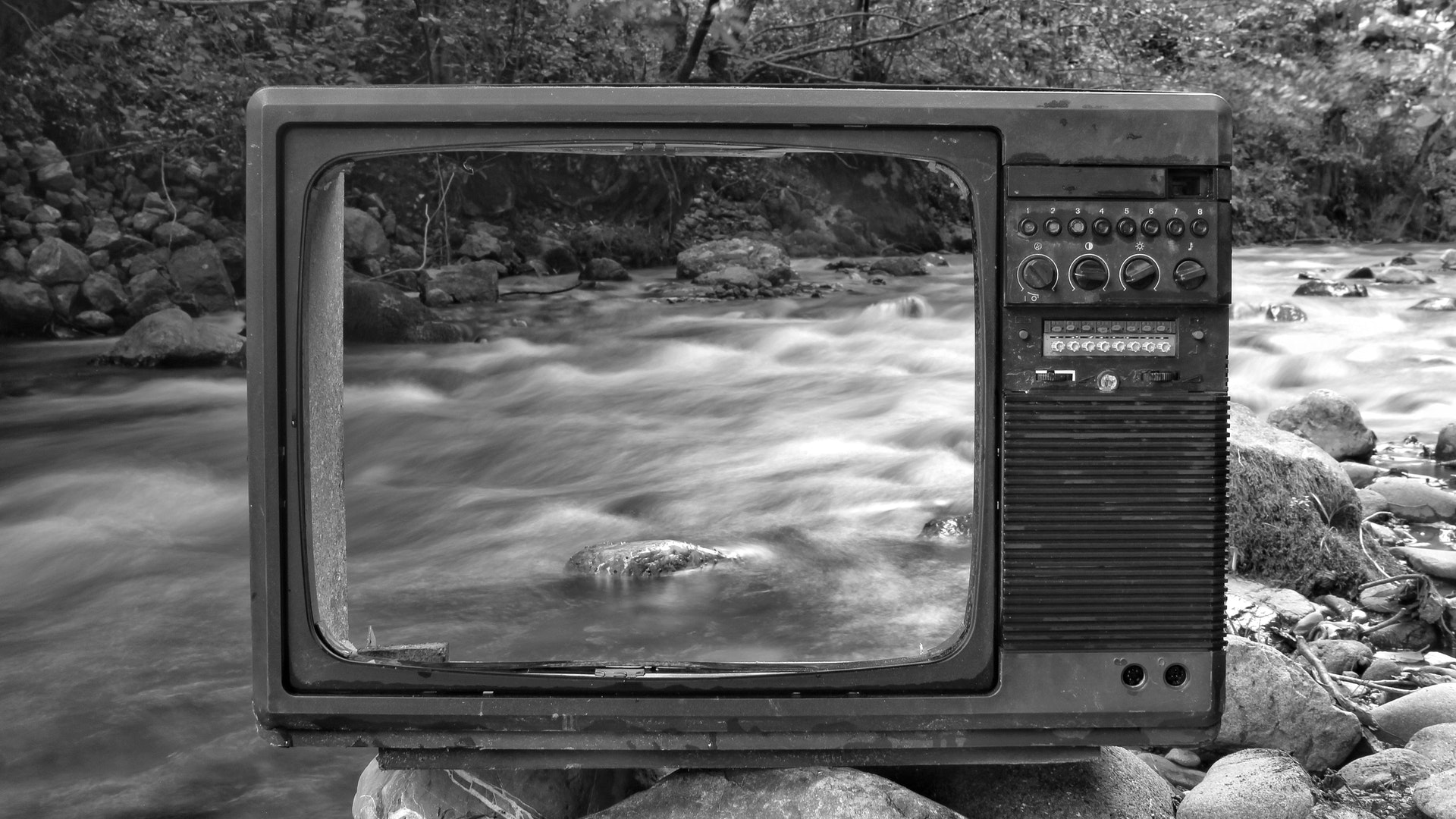Although numerous inventions had been made that, in one way or another, projected moving images to an engaged audience as early as the 16th century, most celluloid historians believe that the cinema began around 1895. The Cinematographer, the Lumiere brothers’ first effective method for filming and projecting moving pictures, was introduced in Paris at this time. The first special effect was developed shortly after, which is not surprising given the long and illustrious role that VFX has played in film development after that.
Alfred Clarke, an Edison camera operator, was the first to use a stop-action shot. He purposefully paused his image and replaced an actress’ body with a dummy during a scene that depicted the beheading of Mary Queen of Scots. Georges Melies invented the stop-action shot, and he discovered it independently. It was Sunday, August 28, 1895.
Even though Melies independently discovered the same technique by accident—his camera’s hand-crank infamously jammed and took about a minute to get going again, by which time the street scene he was filming had completely changed—he took that happy accident and ran with it, effectively becoming the first impresario of effects films in the world.
He invented several VFX techniques, including the split screen and double exposure processes, in movies like Indian Rubber Head (1902) and the (at the time) 21-minute epic A Trip to the Moon (1902). European movement saw the film as a loose narrative connecting special effects sequences. However, over 500 titles and ten years, he pushed the technology as far as anyone in the early time, ultimately proving his demise as viewers began to want more sophisticated, narratively focused material.
Hollywood fashion
While this was happening, news films in the US were reenacting actual events, with more and more models being used to cater to larger audiences. During these, the development of traditional practical effects such as explosive explosions, burning cardboard buildings swaying during earthquakes, wooden models being pulled along by string, water pistols imitating fire hose jets, and other phenomena, were witnessed. They weren’t very good since a generation of artisans, technologists, and business people were all learning how to use the new technology. Still, the audience’s preferences at the time weren’t very high-brow either.
However, things had begun to advance significantly by the 1910s. The first VFX specialists began to emerge (though they wouldn’t begin receiving credit until the middle of the 1920s) and were the ones to popularise techniques like using glass mattes for scene extensions. Industry heavyweights like DW Griffith also contributed to the development of the visual language of film by deploying devices like shot transitions, dramatic iris-in and iris-out, and other devices.
Hollywood began to take off in the 1920s, extensively using model effects in historical epics like Ben Hur and The Thief of Baghdad. Cecil B. DeMille led his Israelites through double-exposed jelly walls in The 10 Commandments. However, the Germans were miles ahead of their American counterparts in terms of technique and execution, and Fritz Lang’s astounding Metropolis is a prime example (1926).
Future developments’ general form
Nearly a century later, the film still looks stunning thanks to Lang’s use of the most advanced technologies available at the time, including rear projection, matte painting, compositing techniques, and miniature art that was never before practiced to create the animated cityscapes of the film’s striking opening sequence.
Eugene Shuftan’s in-camera optical approach, known as the Shuftan process, was effectively employed for the first time in this movie. This is a crude form of bluescreen because it used live action, paintings, and tilted mirrors to give the impression that real actors were inhabiting enormous sets. It undoubtedly contributed to Metropolis’ feeling of scale, a defining feature of the movie and a key allegory for the individual’s alienation.
Perhaps the simplest way to describe the 1930s is a decade of steady advancement. These techniques—rear projection, traveling mattes, miniatures—saw continual improvement. Rear projection, in particular, rose to prominence due to the requirements of the ‘talkies” rudimentary new audio technology, which made location filming impossible. Rear projection screens up to 14.5 m were in use by the decade’s end. The secret to success was matching the lighting, background, and studio camera focus lengths.
Around this time, optical printers became widely available, greatly enhancing image quality, particularly when combining the various elements for traveling matte work. If you’re searching for defining moments from the decade, King Kong and many of the horror films produced by Universal Studios stand out. The Invisible Man’s innovative use of the Williams technique to create invisible scenes is the pinnacle of that canon (1933). To capture the images of the guy wearing nothing but an air tube running up his legs against a set covered in black velvet meant photographing the actor while he was wrapped in black velvet. A laborious procedure involving numerous sandwiching of the exposed and unexposed film was then copied to high contrast film.
By the time we come to Orson Welles’ timeless Citizen Kane (1941). This movie relied heavily on special effects to communicate much of its story. Still, it was also a movie that wasn’t even considered for an Academy Award for impact because most of them were unseen. However, it combined matte paintings, miniatures, and optical printing techniques to make Welles’ ultimate masterpiece. This pushed many of the VFX techniques of the day to their extreme limits. The final great film from the early days of film special effects, and unquestionably one of the best films of all time, includes unconventional lighting, odd camera angles, deep focus shots, elaborate camera movements, extremely long takes, and the first appearance of many of the editing conventions that would become part of the filmmaking toolkit for decades to come.
But in 1941, as war raged throughout Europe, the color would revolutionize the still-developing visual effects sector.



